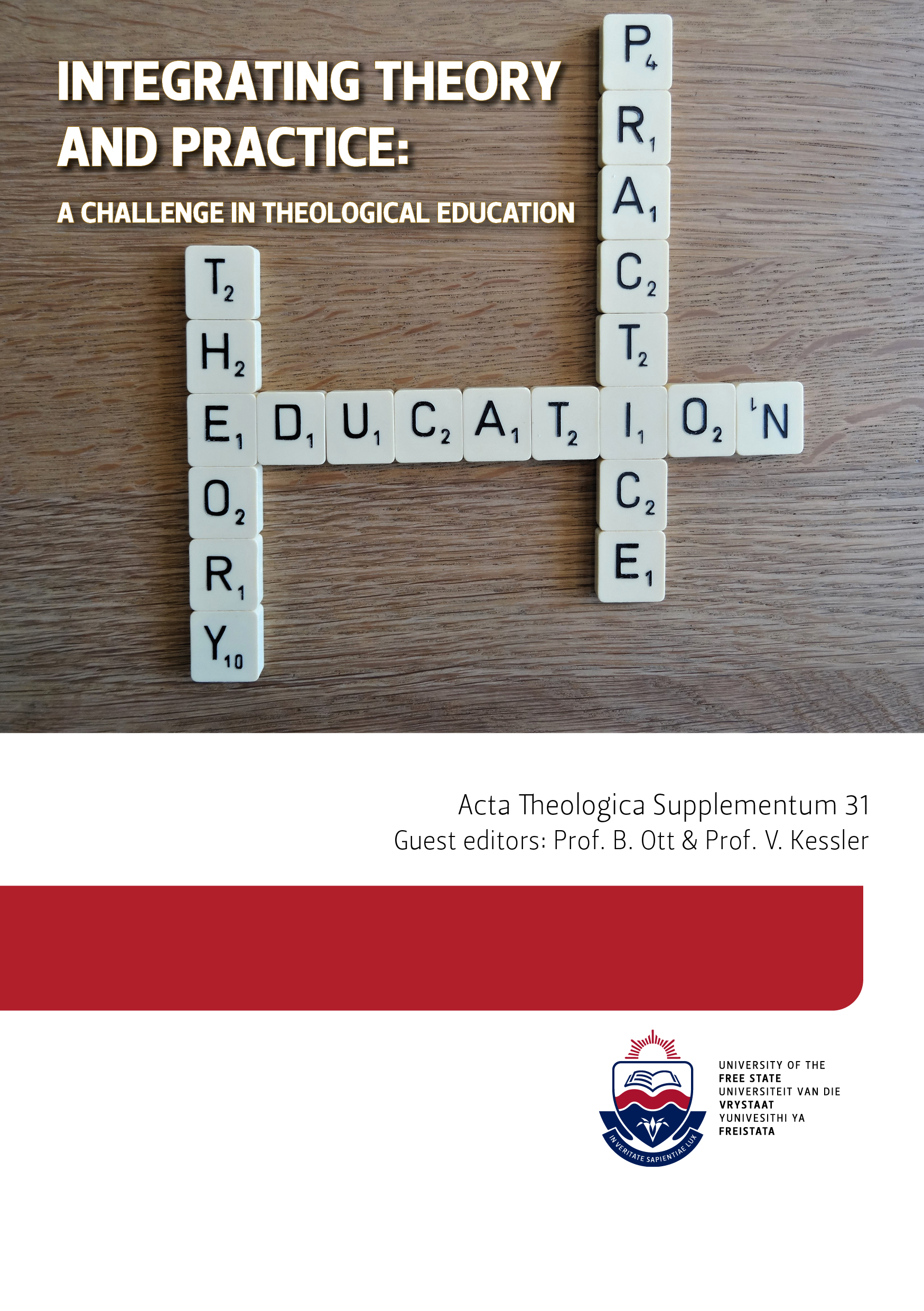ACTS: INTEGRATING THEORY AND PRAXIS IN EARLY CHRISTIANITY
DOI:
https://doi.org/10.38140/at.vi.5409Keywords:
Theory, Praxis, Book of Acts, Gentile MissionAbstract
Although early Judaism was a diverse movement, the vast majority of Jews at the time would have agreed on a set of core convictions, including the persuasion that non-Jews could not simply join the people of Israel as non-Jews. Rather, they had to become Jews. During the two or three decades after the ministry of Jesus, one early Jewish group – at least some of its members! – denounced this consensus and started to accept non-Jews, based on their belief in Jesus as Messiah. According to Acts, the change came about not by theoretical reflection, but by a new “praxis” – a new praxis not by people, but by God who accepted non-Jews as non-Jews. Theoretical reflection followed, in order to understand what had happened and to draw out the implications for non-Jews and Jews. While some early followers of Christ “integrated praxis and theory”, others drew different conclusions. This article uses the theme of integrating theory and praxis to shed light on developments in early Christianity.
Downloads
##submission.downloads##
Published
How to Cite
Issue
Section
License
Copyright (c) 2021 Author

This work is licensed under a Creative Commons Attribution 4.0 International License.








